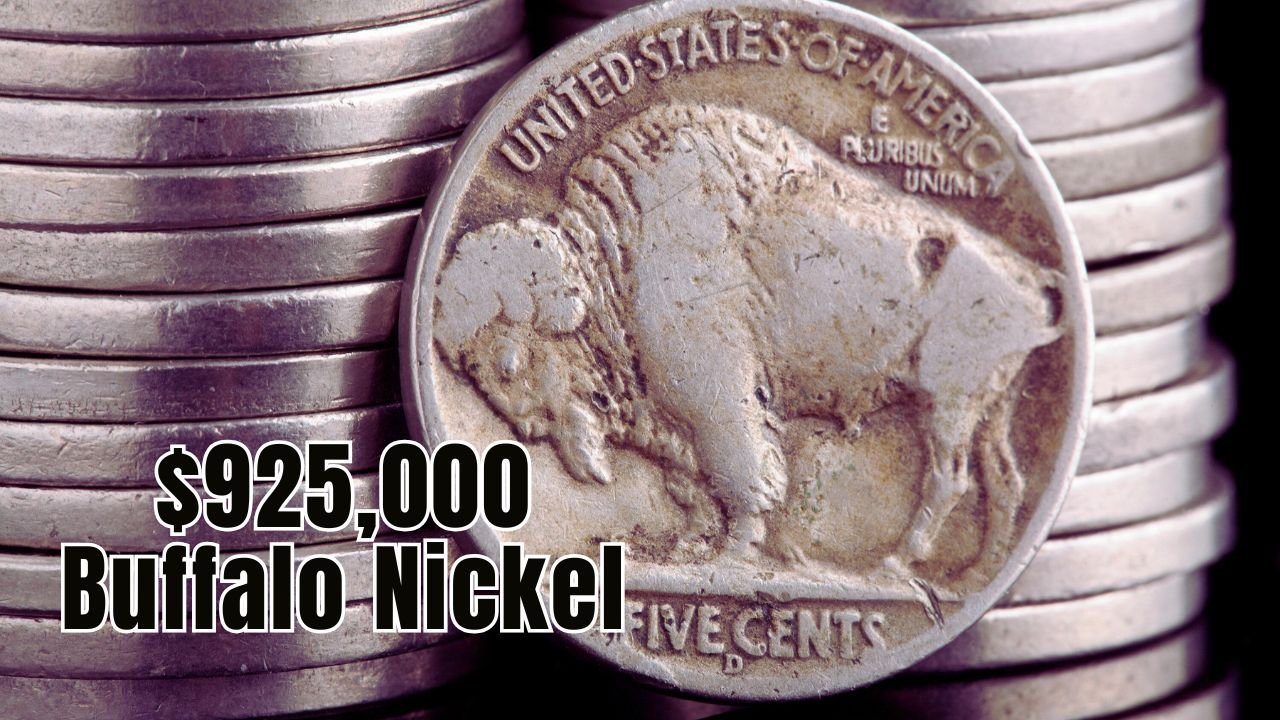The Excitement of Finding Hidden Treasures in Your Pocket Change
Ever thought about getting rich from something as simple as a quarter? Back in 1976, the US Mint made special Bicentennial quarters to celebrate 200 years since America declared independence. These coins show the same George Washington on the front, but the back has a cool drummer boy and a torch to mark the big event. Most folks used them like regular money, so they got worn out or lost. But some are super rare and worth a ton today. Coin experts say values have gone up a lot lately, with auctions pulling in millions for the best ones. If you have an old jar full of change, it might be time to sort through it. You could be holding onto a small fortune without even knowing.
Why These Quarters Are So Valuable
What turns a plain old quarter into a million-dollar find? It all comes down to a few key things. First, how rare it is matters a lot. The Mint made over a billion Bicentennial quarters, but errors or special strikes make some stand out. Condition is huge too; if the coin looks brand new with no scratches or dents, buyers pay more. The metal mix is another factor – some have silver inside from the 1776-1976 years, which adds value. History plays a role as well, since these tie right into America’s birthday. Collectors love them for that story. Plus, with more people hunting for rarities online, prices keep climbing. It’s not just about the quarter; it’s the thrill of owning a piece of the past that drives the demand.
A Quick Look at 15 Rare Ones
Here’s a small table with 15 rare Bicentennial quarters, their special features, and rough top values based on recent sales. Remember, these can change depending on the coin’s shape and where you sell it.
| Quarter Type | Special Feature | Estimated Value |
|---|---|---|
| Silver Clad Drummer Boy | Off-center strike | $50,000 |
| Copper-Nickel Drum | Double die error | $100,000 |
| 1776-1976 Silver | Missing clad layer | $200,000 |
| Philadelphia Mint Error | Weak drum image | $75,000 |
| Denver Mint Doubled | Extra lettering | $150,000 |
| San Francisco S Proof | Cameo finish flaw | $300,000 |
| Silver Proof Set | Rim dent error | $250,000 |
| Circulation Strike | Grease strike mistake | $80,000 |
| D Mint Mark | Rotated die | $120,000 |
| No Mint Mark | Broadstrike | $90,000 |
| Silver Clad S | Die crack | $400,000 |
| Copper-Nickel Proof | Ghosting effect | $60,000 |
| Bicentennial Torch | Clip error | $110,000 |
| Drummer Boy Reverse | Filled mint mark | $180,000 |
| 40% Silver | Wrong planchet | $1,000,000+ |
These picks come from collector reports and auction records, showing how errors can boost worth big time.
Stories of Big Wins from Everyday Finds
Take the off-center strike silver clad, for example. This one got minted wrong, so the design is shifted to the side, leaving part of the edge blank. A guy in Ohio found one in his dad’s old collection and sold it for 50 grand at a show. It proved that even family heirlooms can pay off. Then there’s the double die error on the copper-nickel version, where the letters look doubled because of a machine slip-up. A collector in Texas spotted it online and flipped it for 100k, turning a hobby into quick cash. The missing clad layer on a 1776-1976 silver quarter is wild too – part of the metal didn’t stick, making it look incomplete. That one went for 200k because it’s so unique. Folks share these tales on forums, inspiring others to check their change jars. One story even hit the news when a kid found a weak drum image quarter worth 75k while helping clean out grandma’s house. These real-life wins show anyone can strike gold.
Other Standouts and What Makes Them Tick
The San Francisco S proof with a cameo finish flaw is a beauty. Proof coins are shiny specials made for collectors, and this one’s flaw makes the light bounce funny on the drummer. It sold for 300k to a big-time buyer. Over in Denver, a doubled mint mark D quarter had the “D” stamped twice, fetching 150k from error coin fans. No mint mark broadstrikes, where the coin got hit too wide, are fun too – they look stretched out and go for around 90k. The die crack on a silver clad S created a raised line across the torch, pushing its price to 400k. Even simpler ones like the grease strike, where parts got smudged from machine gunk, hit 80k. A rotated die on a D mint made the whole design turn sideways, worth 120k. And the filled mint mark, where the “S” got plugged, is a sneaky rare one at 180k. The wrong planchet silver quarter, struck on the wrong metal blank, is the king – over a million bucks easy. Each has its own quirky story that collectors chase.
Tips to Spot and Sell Your Rare Quarter
Ready to hunt? Start by grabbing a magnifying glass and checking dates – all should say 1776-1976. Look for odd stuff like shifts, doubles, or missing bits. Don’t rub or clean them; that hurts value. Snap clear photos and compare to online guides from places like the PCGS site. If it looks promising, head to a local coin shop or get it graded by pros. They check for fakes and give it a score. Selling? Auctions like Heritage or eBay work great for high-end ones, but start small if you’re new. Join clubs or watch YouTube vids to learn more. With Bicentennial hype still going strong in 2025, now’s the perfect time. Who knows, that quarter in your wallet might just change your life. Keep an eye out and happy hunting.
